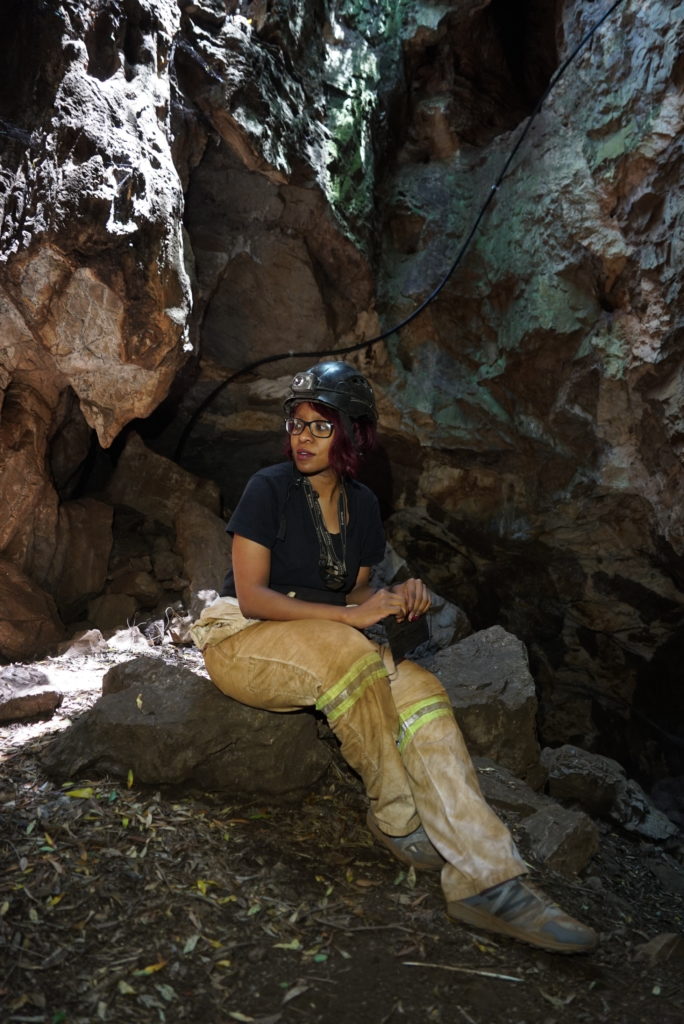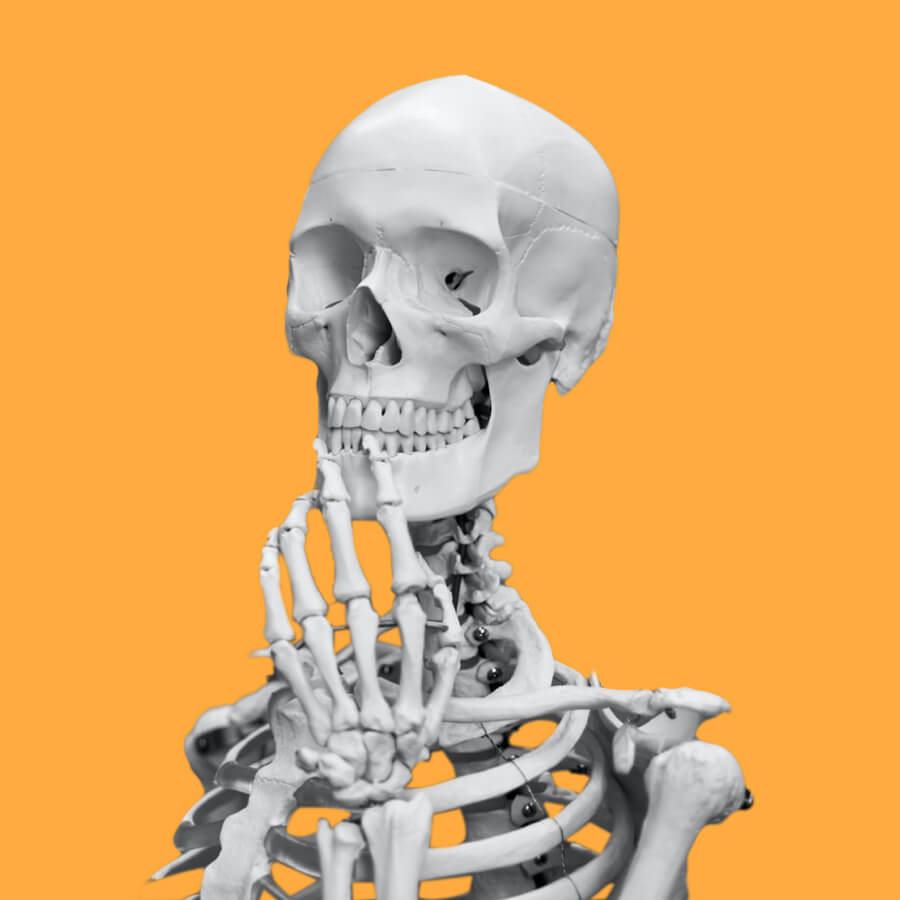Keneiloe Molopyane
Researcher
Centre for the Exploration of the Deep Human Journey
University of the Witwatersrand

Biography
I am an archaeologist and biological anthropologist by training. My excavation experience includes working at multiple Iron Age sites, underwater archaeology and very recently palaeoanthropological sites. I am currently a Researcher at the Centre of the Deep Human Journey, University of the Witwatersrand.
In 2018, I joined the Rising Star team as a junior Underground Astronaut and have since then been involved in a number of fieldwork activities associated with Rising star and the newly recognised fossil site, UW105 cave in 2020. Nobody could have predicted that from 2018 my career trajectory would become even more dynamic in that palaeoanthropology is added to the list of things I do.
In the past year, I had been named National Geographic Society’s Emerging Explorer, 2021. A fantastic award that presents the opportunity to work with National Geographic to pursue new projects, collaborate with other Explorers, amplify my work to National Geographic audiences, and do educational outreach through the Society, as a means to inspire a new generation of palaeoscientists.
Some fun facts:
I am a palaeoscience SuperScientist. A superheroine, who is an explorer at heart and aims to inspire young minds to consider a career in the palaeoscience.
I am a “bit” of a foodie. Love food so much that I once tried to start a pop-up kitchen…Bone’s Eatery.
Disciplines
Archaeology, Biological Anthropology, Palaeoanthropology
Fields of study
Situated in the heart of the Cradle of Humankind World Heritage site (COHWS), and only one kilometer from the famous Malapa site, lies Gladysvale. Like several palaeoanthropological sites in the COHWS, Gladysvale is an important site in the history of modern southern African palaeoanthropology. Originally explored by the famous fossil hunter Robert Broom and subsequently by the Camp-Peabody Expedition, University of California Berkeley and Phillip Tobias in the early 20th century. Then Gladysvale was largely lost to science during subsequent decades as no active excavation was conducted. Re-opened by Prof. Lee R Berger decades (1990s) later, Gladysvale soon yielded two hominid teeth, making it the first new fossil hominid site discovered in southern Africa in over 47 years. The only hominid remains to have been found at Gladysvale to date. Since the discovery of multiple fossil sites in the Cradle of Humankind, lessons learned through exploration, and advancements in excavation, dating and analysis, Gladysvale deserves another look. Focused efforts in which we implement modern exploration methods learned over the years, could make significant discoveries at Gladysvale and add important information to the scientific project of understanding past ecologies in the region including adding to the animal and hominid fossil record.
Awards and recognition
- National Geographic Emerging Explorer 2021
- InspiringFifty 2021
- Golden Key 2021
